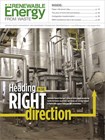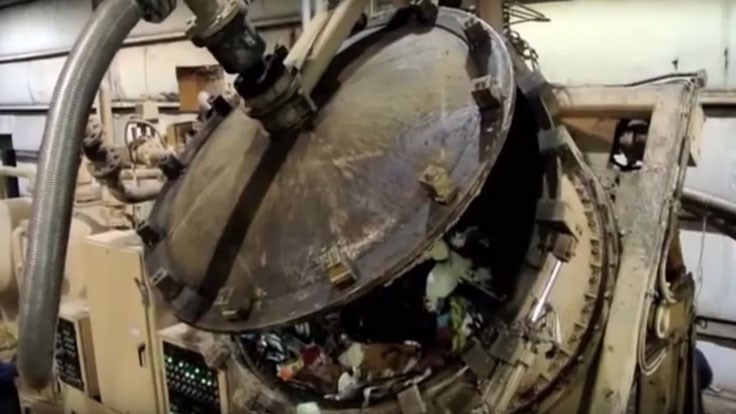West Palm Beach, Floridia-headquartered Alliance BioEnergy Plus Inc.’s (ALLM) patented cellulose to sugar (CTS) process will be used to demonstrate the viability of advanced aviation biofuel and biodiesels for use in military applications. ALLM’s CTS process is poised to become the preferred, lowest cost producer of aviation biofuels and biodiesels (providing more than 99 percent conversion efficiency, feedstock flexibility, portable and module, yet upwardly scalable to refinery outputs, according to the company) for conversion of biomass into sugar and/or phospholipids (bio-oil) for the production of biodiesel, biojet and other biofuels to be used on land, sea and in the air by the military, commercial airlines and the transportation industries.
Biofuels are presently being produced; however, there are inherent drawbacks to the present methods of production which make them highly inefficient, expensive and in the case of the military, potentially hazardous to use. They are:
- fixed, stationary land based and refinery sized production facilities
- inefficient, expensive, old biomass to sugar technologies
- inability to be scaled-down for local (airport, shipboard or forward operating base [FOB]) production, use and support
- inability to accept multiple feedstock sources without major process changes
- require transportation for use anywhere beyond the production facility
In the Navy, fuel resupply ships (fleet replenishment oilers such as the USNS Big Horn or USNS Henry J. Kaiser) are limited in the amount of diesel and jet fuel that they can carry during an at sea refueling deployment. when the supply is depleted, the oiler must return to a supply depot to take on a new supply of fuels and redeployment.
With the advent of the CTS process, the local production of biofuels becomes a reality. The biofuel production facility is built into standard size, ocean going shipping containers. The biomass for conversion to sugar and/or phospholipids is grown onboard in self-contained tanks using rapidly reproducing micro-organisms (such as genetically modified algae or specialty plants) and fleet born cellulose based waste streams. To increase biofuel production, one simply adds additional container sized processing plants.
All FOBs have two logistical problems. The FOB is not independent or self-sustaining and requires resupply from a rear supply depot, and, in the case of volatile fuels, they must be transported at distance and through possibly hostile territory.
These logistical problems are eliminated by airlifting or delivering a CTS/biofuel containerized processing plant(s) capable of using local cellulosic, biowaste and/or micro-organism feedstock; thus providing the FOB with independence, self-sufficiency and sustainability.




